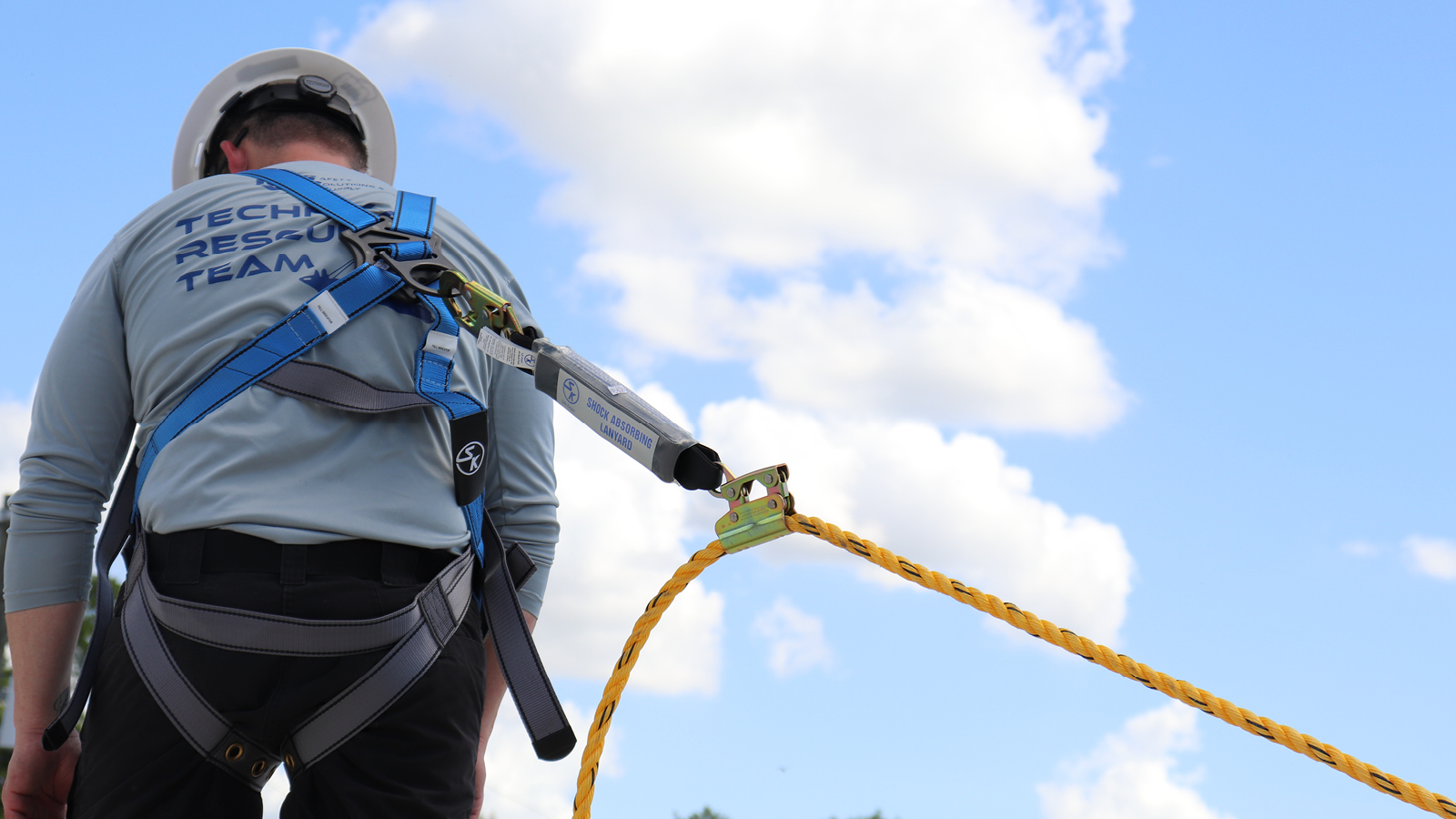Repairs at 100-Year-Old Wilson Dam Restore Smooth Barge Traffic on the Tennessee River
For a century, Wilson Dam has stood like a giant sentinel over the Tennessee River, guiding barges, powering homes, and shaping the economic backbone of northern Alabama. But when the lock gates—each weighing an astonishing 1.3 million pounds—suffered damage earlier this year, the rhythm of the river slowed to a frustrating crawl.

Some barge operators waited as long as 21 days to move their cargo through the Shoals. For industries that rely on the river from energy producers to aerospace giants that wasn’t just an inconvenience. It was a choke point.
Now, thanks to painstaking repairs by the U.S. Army Corps of Engineers and the Tennessee Valley Authority (TVA), traffic is flowing freely once again.
Nashville district technical support branch. “It allows us to go back to completely normal operations.”
How the River Was Unclogged
The fix wasn’t simple. A floating crew used cranes to carefully lift the massive gates, exposing components that had quietly endured decades of strain. Crews replaced worn parts, installed fresh bracing, and stabilized the structure until a more permanent rehab can take place. Once the gates were lowered and the floating wall was secured, the main lock reopened.
The price tag? $18 million. But for industries depending on timely river passage, it was money well spent.
During the shutdown, barge operators were rerouted through Wilson Dam’s auxiliary lock, a backup that dates back to the dam’s original 1924 opening. What normally took two hours in the main lock ballooned into 24-hour ordeals.
“Once we got it opened up, there were zero delays,” said TVA’s Shane Carman, manager for river services. “Traffic is back up and flowing.”
A Lifeline for Industry and National Security

Wilson Dam isn’t just an Alabama landmark. It’s a working artery of national importance. More than 3,700 vessels pass through its locks every year, carrying 11.4 million tons of cargo.
The river system even underpins the nation’s defense and space industries: the United Launch Alliance rocket plant in Decatur and Lockheed Martin’s missile facility in Courtland both rely on this route to transport vital components.
When the lock was closed last spring, TVA’s tugboat Freedom stepped up. The 500-ton vessel ferried four pieces of a Vulcan rocket over eight days, each leg requiring careful coordination and three hours of navigation.
Breathing New Life Into a Century-Old Giant
But the story of Wilson Dam isn’t just about a repaired lock. TVA is quietly embarking on a much broader hydro life extension program. Some of the dam’s turbines and components have been running since the very first day the facility opened.
“It is amazing that after 100 years, the basic design of the dam has not changed,” said assistant plant manager Jimmy Springer.
Of the dam’s 21 generating units, eight date back to 1924. Today, Unit 3 is being completely disassembled turbine wheel to generator top so engineers can decide what can endure another 40–50 years and what must be replaced. Modern technology will be woven into the upgrades, ensuring Wilson Dam can keep producing clean energy well into the future.
Altogether, Wilson Dam’s turbines generate 663 megawatts of electricity, enough to power 380,000 homes and businesses. That makes it not just an engineering relic, but a living, breathing part of the Southeast’s energy future.
Why Wilson Dam Still Matters
It’s rare to find a piece of infrastructure that can claim both century-old history and 21st-century relevance. Wilson Dam is one of them. Born before TVA itself existed, the dam still keeps lights on, industries humming, and barges moving.
And now, with its gates restored and its turbines getting a new lease on life, this 100-year-old giant is proving that history doesn’t just belong in books. Sometimes, it still runs through the river.







